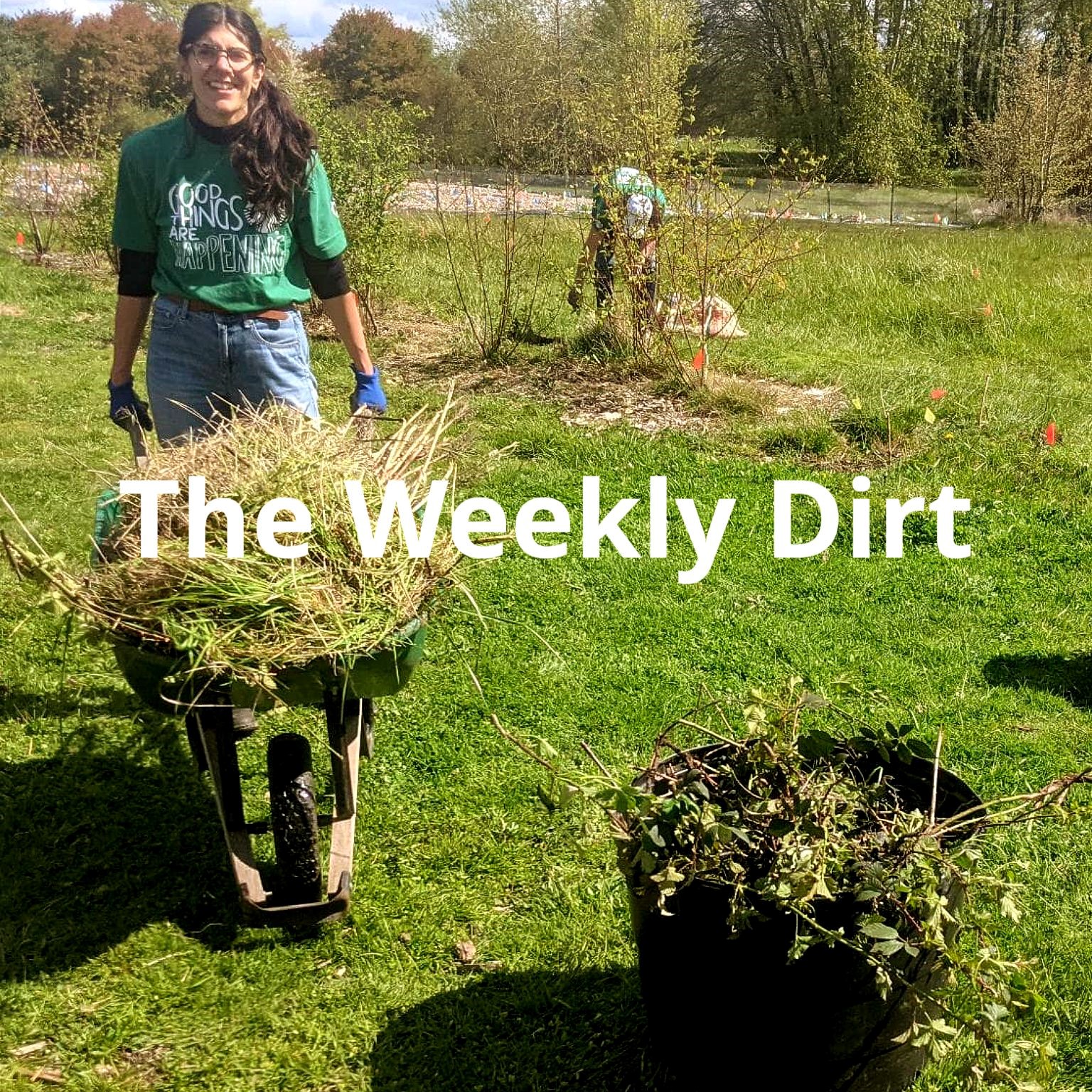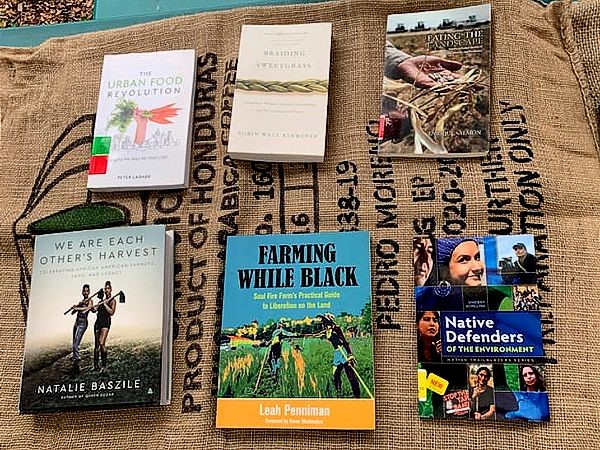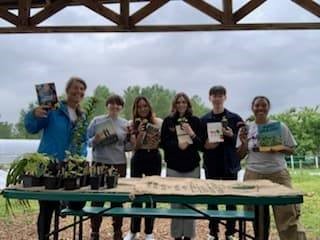UW Farm Weekly Dirt: Incorporating Environmental Justice at the UW Farm
 As the Environmental Justice Intern for the Spring quarter, it was my goal to host an event to introduce people to the Farm and have them feel welcomed. The intended guests for this event were people of color, and specifically, registered student organizations focusing on marginalized identities. In recent history, outdoor spaces have been viewed, and statistically found, as white spaces. According to the 2021 Outdoor Participation Trends Report, it was found that 72% of outdoor recreationalists were white.
As the Environmental Justice Intern for the Spring quarter, it was my goal to host an event to introduce people to the Farm and have them feel welcomed. The intended guests for this event were people of color, and specifically, registered student organizations focusing on marginalized identities. In recent history, outdoor spaces have been viewed, and statistically found, as white spaces. According to the 2021 Outdoor Participation Trends Report, it was found that 72% of outdoor recreationalists were white.
According to KangJae “Jerry” Lee, an assistant professor in the Department of Parks, Recreation, and Tourism Management, the history of public park systems and current prejudices against people of color reinforce each other and prevent greater participation from people of color. The reasons for this extend beyond the fact that people of color are three times more likely than white people to live in areas with no direct access to nature.
 Beginning with slavery, a long history of racial oppression, including job discrimination, redlining (the Federal Housing Administration’s refusal to insure mortgages in and near Black neighborhoods), and a lack of adequate housing, have resulted in an income disparity between people of color and white people. People of color have higher unemployment rates and lower income levels, resulting in less disposable income for outdoor recreation trips. If you have a low income, you may not have enough vacation time to visit state and national parks.
Beginning with slavery, a long history of racial oppression, including job discrimination, redlining (the Federal Housing Administration’s refusal to insure mortgages in and near Black neighborhoods), and a lack of adequate housing, have resulted in an income disparity between people of color and white people. People of color have higher unemployment rates and lower income levels, resulting in less disposable income for outdoor recreation trips. If you have a low income, you may not have enough vacation time to visit state and national parks.
Violence and harassment against people of color participating in outdoor activities isn’t rare either. A prime example of racial harassment in the outdoors was the incident targeting Christian Cooper in Central Park. There have been fatal instances too, including the killing of jogger Ahmaud Arbery in Georgia. These incidents involving two Black men are clear examples of the not-so-subtle discrimination that minorities face in public spaces across the United States. There are a lot of factors that influence this trend, and we should consider this in the College of the Environment, and specifically at the UW Farm.
 This week, we hosted an “Open House” event. The Open House included a tour of our site at Center for Urban Horticulture, a discussion about food sovereignty, environmental justice, diversity, and inclusion, and a seeds and starts giveaway. While we were an intimate group, I believe that we created connections between the UW Farm and the amazingly diverse Registered Student Organizations at our university, and that it started a conversation on how to make the UW Farm more inclusive and accessible for everyone.
This week, we hosted an “Open House” event. The Open House included a tour of our site at Center for Urban Horticulture, a discussion about food sovereignty, environmental justice, diversity, and inclusion, and a seeds and starts giveaway. While we were an intimate group, I believe that we created connections between the UW Farm and the amazingly diverse Registered Student Organizations at our university, and that it started a conversation on how to make the UW Farm more inclusive and accessible for everyone.
More resources:
Borunda, A. (2021, May 4). People of color 3x more likely to live in ‘nature deprived’ U.S. neighborhoods. Science. Retrieved May 26, 2022, from https://www.nationalgeographic.com/science/article/how-nature-deprived-neighborhoods-impact-health-people-of-color
Gosalvez, E. (2020, December 14). Nature gap: Why outdoor spaces lack diversity and inclusion. College of Natural Resources News. Retrieved May 26, 2022, from https://cnr.ncsu.edu/news/2020/12/nature-gap-why-outdoor-spaces-lack-diversity-and-inclusion/?utm_source=canva&utm_medium=iframely
Gross, T. (2017, May 3). A ‘forgotten history’ of how the U.S. government segregated America. NPR. Retrieved May 26, 2022, from https://www.npr.org/2017/05/03/526655831/a-forgotten-history-of-how-the-u-s-government-segregated-america
Outdoor Foundation. (n.d.). 2021 Outdoor Participation Trends Report. Retrieved May 27, 2022, from https://outdoorindustry.org/wp-content/uploads/2017/05/2015-Outdoor-Recreation-Participation-Report_FINAL.pdf